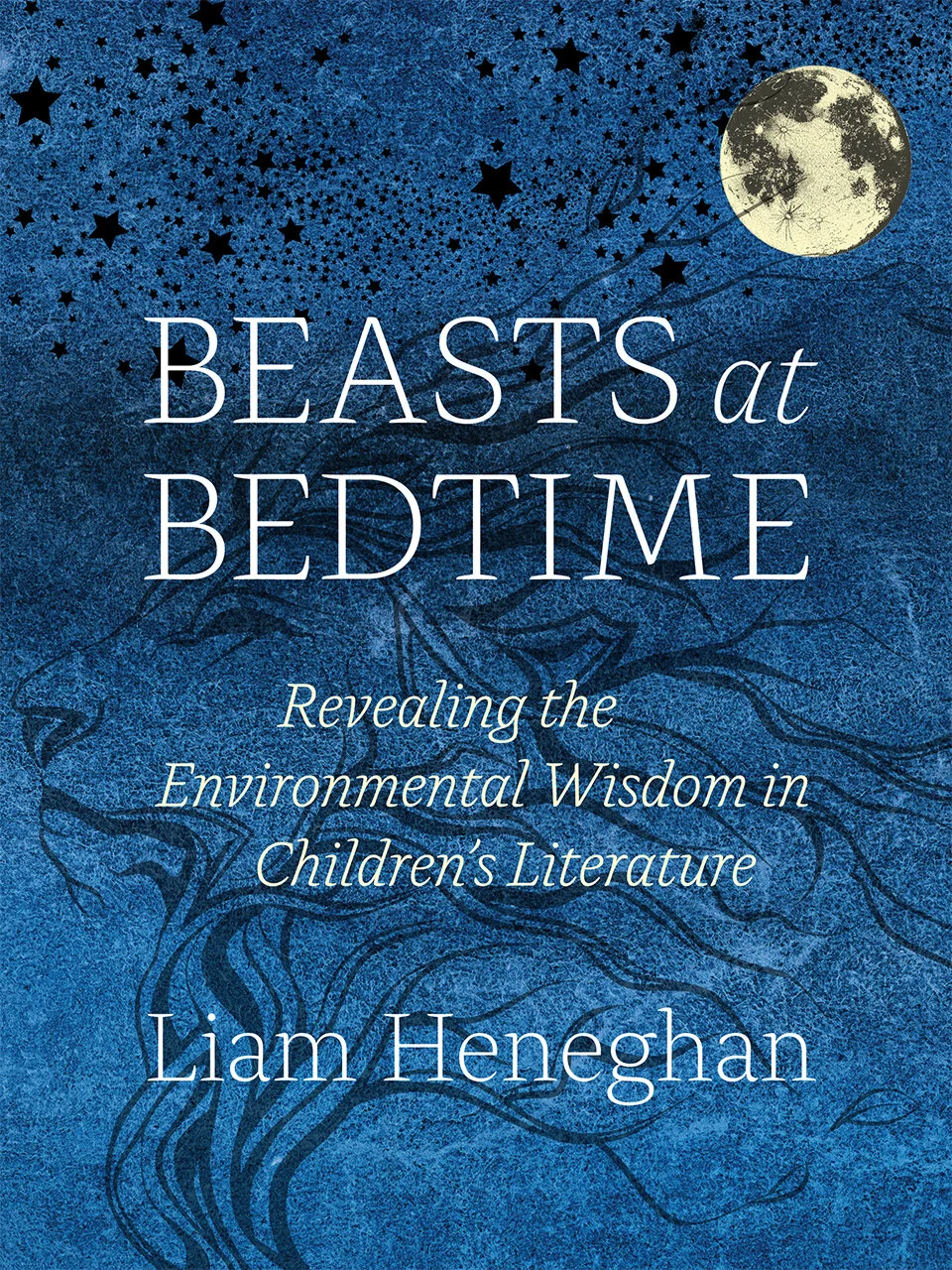Beasts at Bedtime
At the start of another year, I find myself remembering one of the many ways that reading made me into a writer. One of my very early memories of books and reading is from my childhood years in Delhi Cantonment, Delhi, India, back in the last century.
I see now that I was practicing being a writer.
In Beasts at Bedtime, ecologist Liam Heneghan studies the environmental underpinnings of children's literature.
The chapter on Pooh, "The Ecology of Pooh," addresses, among other things, the famous bear's migration across the Atlantic into the American landscape, courtesy of Disney: the de-hyphenation of his name (perhaps at Ellis Island?) the shifting of accents, the addition of the character of Gopher. Pooh changes, Heneghan suggests, but in many ways he remains essentially the same.
Is that not true of all migrants? We change, as does the place we leave behind, and yet we retain a core of who we have always been. Another of Heneghan's points that made me think again of my own vivid childhood Pooh experience:
... That which is most delightful to us in nature as adults is that which we remember from our youth. Thus, the landscapes of our adulthood, whether we have moved 300 miles or 3000, tend to remain somewhat unfamiliar to us and, as a consequence, difficult to understand, much less to love.
Maybe, though, we immigrants have learned to carry those pluralities within us, so we can craft overlapping, intertwining landscapes of the mind, joining memory and the senses together in a new and powerful reality. Pooh, after all, taught me to reverse-engineer the landscape I read, fusing it with the one around me. And so, as a grown-up, I can carry within me the gardens of my childhood, even as I absorb into myself the places through which my journey has taken me.
